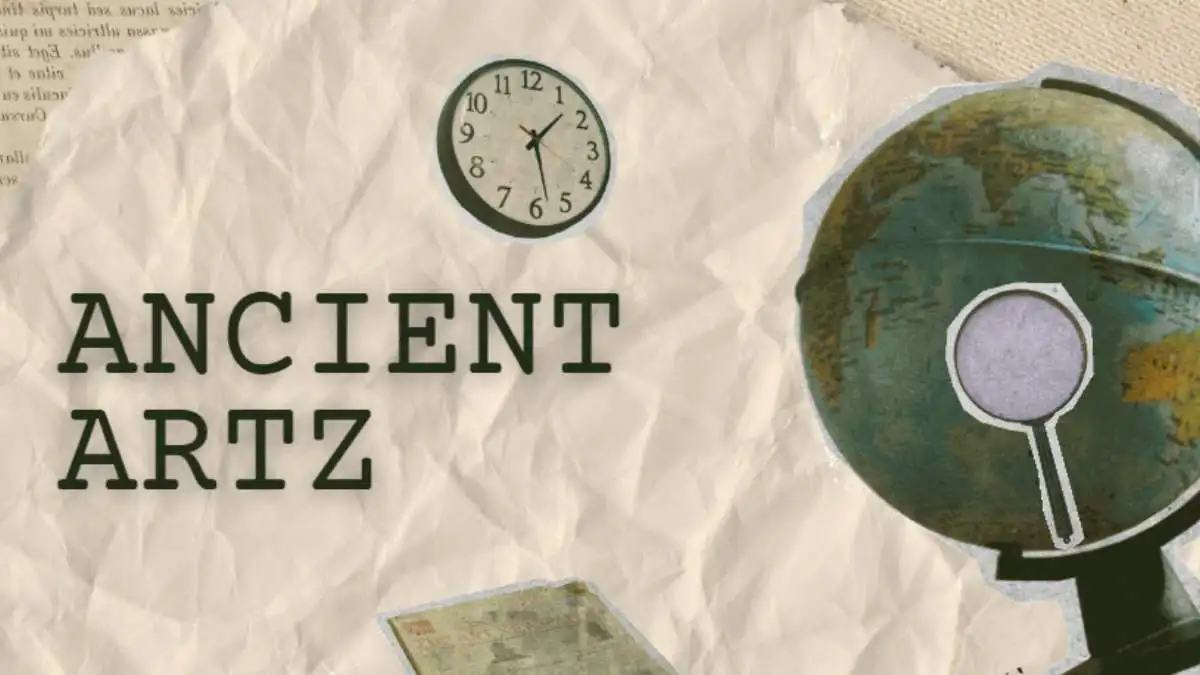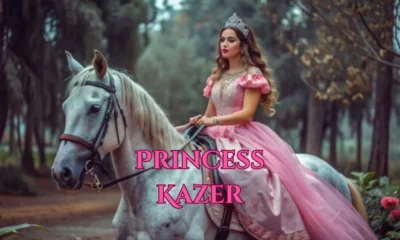GENERAL
Ancient Artz: A Window into Early Civilizations

Ancient artz are artistic creations made by early peoples who self-explained their manner of life, philosophy, and science. Where then does one begin to look for this first instance of artwork, from the crude pictures drawn by early pre-historic man in the caves to the majestic status of ancient Greeks and Romans, these works of art bear testimony to man’s need to express himself and record events. Religious aspects seem to be a popular subject in ancient artz, where artz portrayed gods, worship, mythological events, real life, social status, and even the climate. It focused on the craftsmanship and material usage of objects: stone, clay, metal, and textiles were employed and used in combination providing an opportunity for artists to work with form and texture. Some of the traditions of the Ancient artz are still being followed in modern artz today, the premises that the artz necessary remain progressive arguing for the creativity and imagination of people.
Historical Context of Ancient artz
A study of the ancient artz is made effective with a study of the cultures that defined the artwork. Mesopotamia, Egyptians, Indus Valley civilization, and China developed art forms to depict their difference in cultures and social systems and similarly, Mesoamerican civilization did. Chronologically, the most important milestones in considering art sources are periods of thousands of years, and each civilization has its unique aesthetics, motifs, and techniques.
Prehistoric Art
Cave Paintings
Some of the earliest artworks are the Paleolithic art, depicted as cave paintings as seen in the contemporary Lascaux in France or Altamira in Spain. These artworks are of about 30,000 years with themes of animals, humans, and symbolic geometric patterns. The early artists depicted their scenes with bright colors from ochre and charcoal on the caves for them to have a rich view of the scenes and for them to display mastery of the conception of space.
Portable Art
Besides the creation of cave art, the prehistoric people made use of other art such as the Venus figures and carved items. Some of these small sculptural works that show the grotesque human body in feminine shapes may point toward early human worship of fertility and women, while other carvings indicate how archaic people related to their surroundings as well as their day-to-day activities.
Ancient Egyptian Art
Characteristics of Egyptian Art
In terms of its procedures, formal call, and purpose, Egyptian art recycled traditions. The objects were made not simply for art’s sake, but as a way of disseminating spiritual overviews, as well as a form of memorial. The ancient Egyptian writing style called the hieroglyphics used in the ancient Egyptian civilization referred to visual art by giving it a background and importance.
Major Art Forms
Sculptures and wall paintings were the two common ways of the reproduction of art among the Egyptians. It’s often mostly monumental sculptures in the round of the pharaohs and deities, in stone for temples and tombs. The artwork on the walls of tombs always portrayed scenes in a man’s life as well as after death and had aesthetic as well as religious functions.
Religious Themes
Religious motifs dominated Egyptian art, images of gods and goddesses, Osiris, Isis, and Ra. Through these artworks, the culture that embraced religion in ancient Egyptian society was revealed particularly on issues to do with the afterlife and the divine.
Mesopotamian Art
Sumerian, Akkadian, Babylonian, and Assyrian Contributions
Art emerged and developed in Mesopotamia, the region sometimes called the birthplace of civilization, through such cultures as Sumerians and Akkadians as well as the Babylonians and Assyrians. All made their distinctive input of a rich artistic tape which was characterized by creativity and cross-cultural influences.
Notable Works
Mesopotamian art is perhaps best exemplified by the construction of ziggurats—massive stepped structures that served religious purposes. Cylinder seals, often intricately carved, were used to imprint designs on clay and convey social status and identity.
Influence of Religion
Religion was important in Mesopotamian art as most of the art was related to the religious way of life including temple art and sculptures of deities. Art objects contained proofs of gods and goddesses who performed complex ceremonies associated with art as much as religion.
Ancient Greek Art
Overview of Greek Artistic Periods
Ancient Greek art can be divided into three major periods: Archaic, Classical, and Hellenistic. Each period is marked by distinct stylistic developments and thematic focus, reflecting the evolving values of Greek society.
Sculpture
Greek sculpture stands high with close-to-life depictions and perfect human images. Some of the great masterpieces of that era are the Parthenon temple dedicated to Athena and the statue Olympia Zeus etc. Some masters, for example, Phidias, expanded the principles of form and shapes to impact the further development of Greek sculpture.
Pottery
Greek pottery, particularly the black-figure and red-figure styles, showcases intricate designs and narratives. Themes often depicted mythological events, athletic competitions, and daily life, serving both functional and artistic purposes.
Artistic Materials and Techniques
Common Materials Used
Ancient artists employed a variety of materials, including stone, clay, metal, and textiles. Each material offered unique possibilities for expression and construction, influencing the style and permanence of the artworks.
Techniques Employed by Ancient Artists
Artists utilized various techniques such as carving, painting, weaving, and metalwork. These methods evolved, with advancements in technology allowing for greater complexity and refinement in artistic production.
Influence of Ancient artz on Contemporary Practices
The influence of Ancient artz is evident in contemporary artistic practices, with many artists reviving classical techniques and themes. The study of ancient artz continues to inspire modern creators, fostering a dialogue between past and present. Themes from Ancient artz, such as spirituality, mythology, and human experience, resonate with contemporary audiences. Artists often reinterpret these themes through a modern lens, creating works that reflect current societal values. Efforts to preserve and study Ancient artz are crucial for understanding human history. Museums and cultural institutions play a vital role in safeguarding these artworks and providing educational resources for future generations.
Conclusion
Ancient artz gives us a rather historical perspective as to how such early societies worked and what they believed in as well as how creative a civilization is. With a focus on religious aspects of ancient Egypt as well as architectural masterpieces of Rome these artworks introduced complex relationships between culture, environment, and art invention. It is important to remember that the ancient artz still matters today and still gives inspiration to modern artists and their practices.
-

 BIOGRAPHY7 months ago
BIOGRAPHY7 months agoBehind the Scenes with Sandra Orlow: An Exclusive Interview
-

 HOME1 year ago
HOME1 year agoDiscovering Insights: A Deep Dive into the //vital-mag.net blog
-

 HOME1 year ago
HOME1 year agoSifangds in Action: Real-Life Applications and Success Stories
-

 BIOGRAPHY1 year ago
BIOGRAPHY1 year agoThe Woman Behind the Comedian: Meet Andrew Santino Wife




























